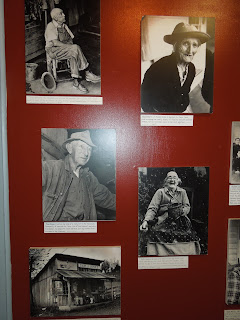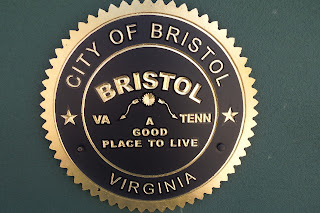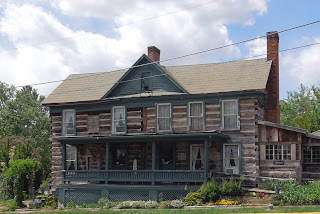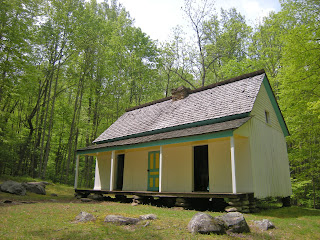 |
| One of the bins used in making salt peter during the Civil War. |
 |
| One of the three stills they found in the cave. |
When we were driving down to the KOA the other day, we saw a billboard advertising The Lost Sea Adventure. We are usually not too impressed with such advertisements but this one caught our eye. It turned out to be worth every penny of the admission cost. With our tour guide, we walked into a large cave that was discovered in the 1820’s. In its early days it was used by local Indians, a source of salt peter for munitions during the Civil War by the South, and later as distillery and bar. A 13 year old boy discovered a large underground lake in the early 1900‘s, but in his life time no one ever believed him and he could never find it again. Finally the underground lake was rediscovered and in 1965, it opened for tours. The natural opening was too small and steep for all us tourists so they blasted a larger entrance. It is not being held in pristine condition like the Karchner Caverns in Arizona that we toured last year. This is definitely a private tourist attraction but well done and fascinating. We saw few stalactites and stalagmites but saw huge rooms, a waterfall, and pretty small formations called aragonites.
 |
| Descending into the cave! |
 |
| Ready to start our tour! |
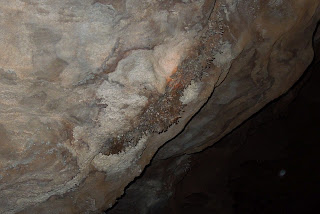 |
| Aragonites on the Ceiling |
 |
| Original Entrance |
They have one of the original stills they found down here and a bin used in making the salt peter. We were all enthralled when we reached the large lake.
 |
| The Lost Sea |
 |
| Rainbow Trout |
We took a boat ride with a silent electric motor out into the lake. They have stocked the lake with rainbow trout and now there are 350 plus in the lake that are fed each day since nothing grows in the lake naturally. The trout are a foot long and longer! There was a lot of thrashing around when our guide fed them. This is the largest underground lake in the US and the second largest in the world. They know that there are larger underground lakes in this cave area but still do not how big or how deep. This one is 65 feet deep at the deepest point. We were glad we fell for this tourist trap! A new fact: if you are in total darkness for over two weeks you will be blind.


